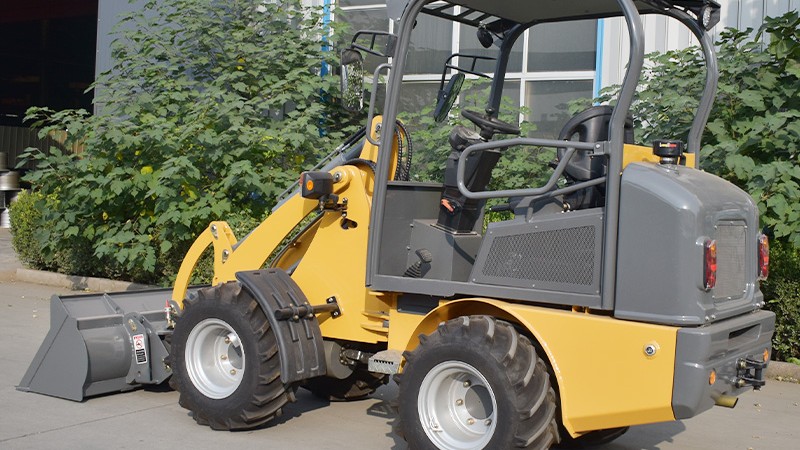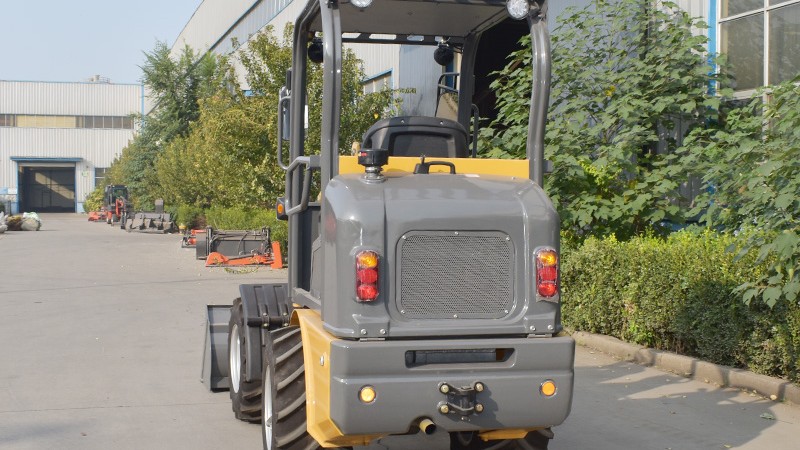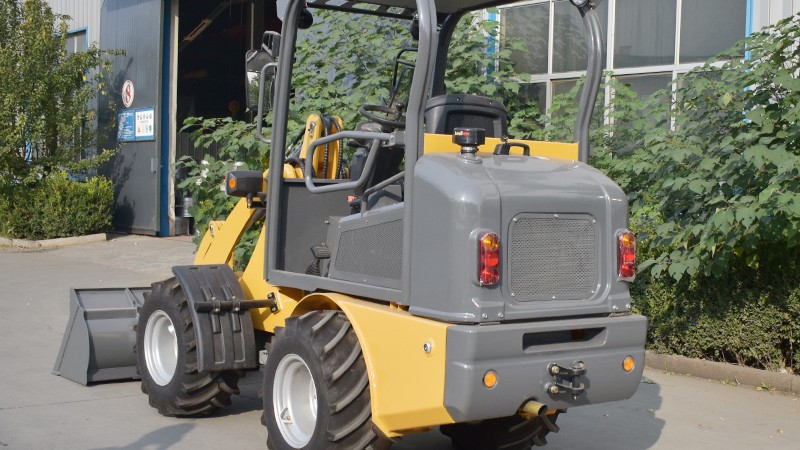The agricultural sector in Europe is increasingly turning to compact wheel loaders for their versatility and efficiency in handling a wide range of tasks, from livestock bedding and feed management to light construction and yard work. The global market for these machines is on a steady growth path, with projections indicating it will reach approximately $4.66 billion by 2031, reflecting a compound annual growth rate of 4.5% . This surge is driven by the need for nimble and powerful machinery that can operate in the confined spaces common on small to mid-sized European farms. Leading manufacturers are responding with models that emphasize not only power but also significantly lower owning and operating costs. For instance, the new Cat® 980 GC wheel loader is engineered with features like an engine idle management system and load-sensing hydraulics that work in concert to minimize fuel consumption and reduce noise levels during operation . Similarly, the 2025 New Holland ML12T Wheel Loader comes equipped with auxiliary hydraulics, self-leveling capabilities, and a telescoping boom, making it an exceptionally adaptable tool for various material handling applications on the farm .
When evaluating the best compact wheel loaders for agricultural use, key players like Bobcat, Kubota, and New Holland stand out for their model-specific innovations and sales performance. Bobcat has established a strong market presence, with its MT100 model alone recording 3,748 units sold in a recent one-year period, underscoring its popularity among users who value reliability and performance . The New Holland ML12T, with its 49-inch bucket and pallet forks, is designed for precision work, while its continuous hydraulics and differential lock enhance its capability on uneven and slippery terrain often encountered in farm environments . Beyond individual models, the industry is witnessing a significant shift towards alternative power sources. The rise of electric and hybrid compact loaders is gaining momentum, spurred by advancements in battery technology and energy management systems that promise reduced emissions and lower long-term operational costs . These developments are part of a broader trend where manufacturers are integrating more efficient powertrains and intelligent features to meet the evolving demands of modern, sustainable agriculture.
Technological integration and operator comfort are now pivotal in the design of modern compact wheel loaders, transforming them from simple utility machines into sophisticated connected assets. The new Cat 980 GC, for example, comes standard with the Cat VisionLink™ system, which allows fleet managers to remotely track critical operating parameters such as machine location, fuel usage, and diagnostic codes, thereby enhancing productivity and facilitating proactive maintenance . This focus on connectivity is mirrored in the agricultural tractor sector, where ISOBUS compatibility has become a central feature, enabling seamless communication between the tractor and its implements for improved precision and data management . Alongside smart technology, exceptional operator comfort is a key selling point. Models are increasingly featuring spacious, ergonomically designed cabs with intuitive controls, wide visibility, and advanced climate control systems. These improvements reduce operator fatigue during long working hours, which is crucial for maintaining efficiency and safety in demanding agricultural operations, from daily chores in livestock barns to seasonal material handling during harvest.
Looking ahead, the future of compact wheel loaders in European agriculture will be shaped by a confluence of precision farming trends, environmental regulations, and tailored manufacturer strategies. The precision agriculture movement is pushing for machinery that can integrate with broader farm management systems, utilizing data from sensors and GPS to optimize tasks like manure spreading or silage handling with minimal waste and maximum efficiency . Environmental considerations, particularly in Europe with its stringent emission standards like EU Stage V, are compelling manufacturers to invest heavily in cleaner engine technologies and to further develop fully electric and hybrid models . Finally, the competitive landscape is defined by the strategic movements of key companies. Brands like Doosan, Hitachi, and CNH Industrial are focusing on expanding their market share by offering a diverse range of models with horsepower ratings typically under 80 HP, which are ideal for the scale of many European farms . This focus on specific power segments, combined with the industry-wide push towards electrification and digitalization, ensures that European farmers will have access to an increasingly sophisticated and efficient fleet of compact wheel loaders designed to meet the unique challenges of contemporary agriculture.
Post time:Oct.29.2025



